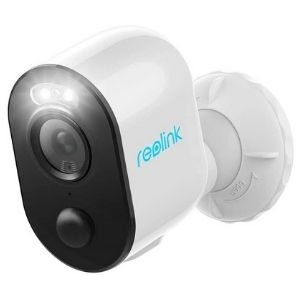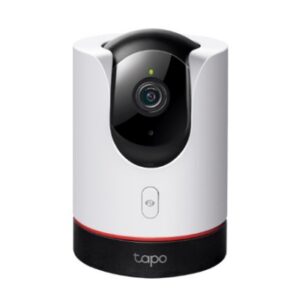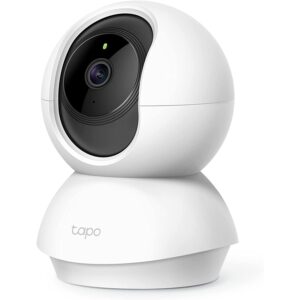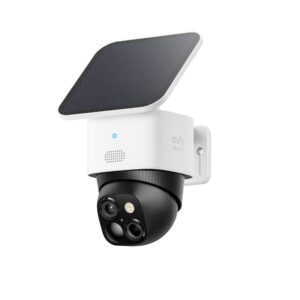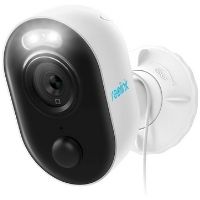Victoria’s Triple Zero service urges parents and carers to include children as young as three and four years of age in their safety plans, including teaching them how to call 000 in a life-threatening emergency, says ESTA the Emergency Services Telecommunications Authority.
ESTA CEO Julia Oxley says, “Knowing how to call triple zero can reduce the anxiety felt by children when faced with a safety or emergency situation,” she said. “It is also extremely important to teach your little ones to say their address. Our expert operators can get police, fire or ambulance help on the way when we know where they are. We tell parents and carers the life a child might save could be yours.”
Triple Zero gets hundreds of calls each year from young Victorians, some as young as three years old. Families can practice when and how to call 000 with the online simulation game at the Triple Zero website. It’s also available on an app on your smartphone or tablet.
One of the first things you can teach your child is how to say their home address and phone number.
You could role-play a 000 call with your child to help them practice this and how to dial 000. For example, you could pretend to fall and collapse, and ask your child what they would do.
Jason Chambers, General Manager of Kidsafe Victoria says, “As children get older, enrolling them in a first aid class can also assist to ensure that they are equipped with the skills and knowledge to respond in an emergency.”
There are also many books and online videos that teach children about what to do in an emergency.

